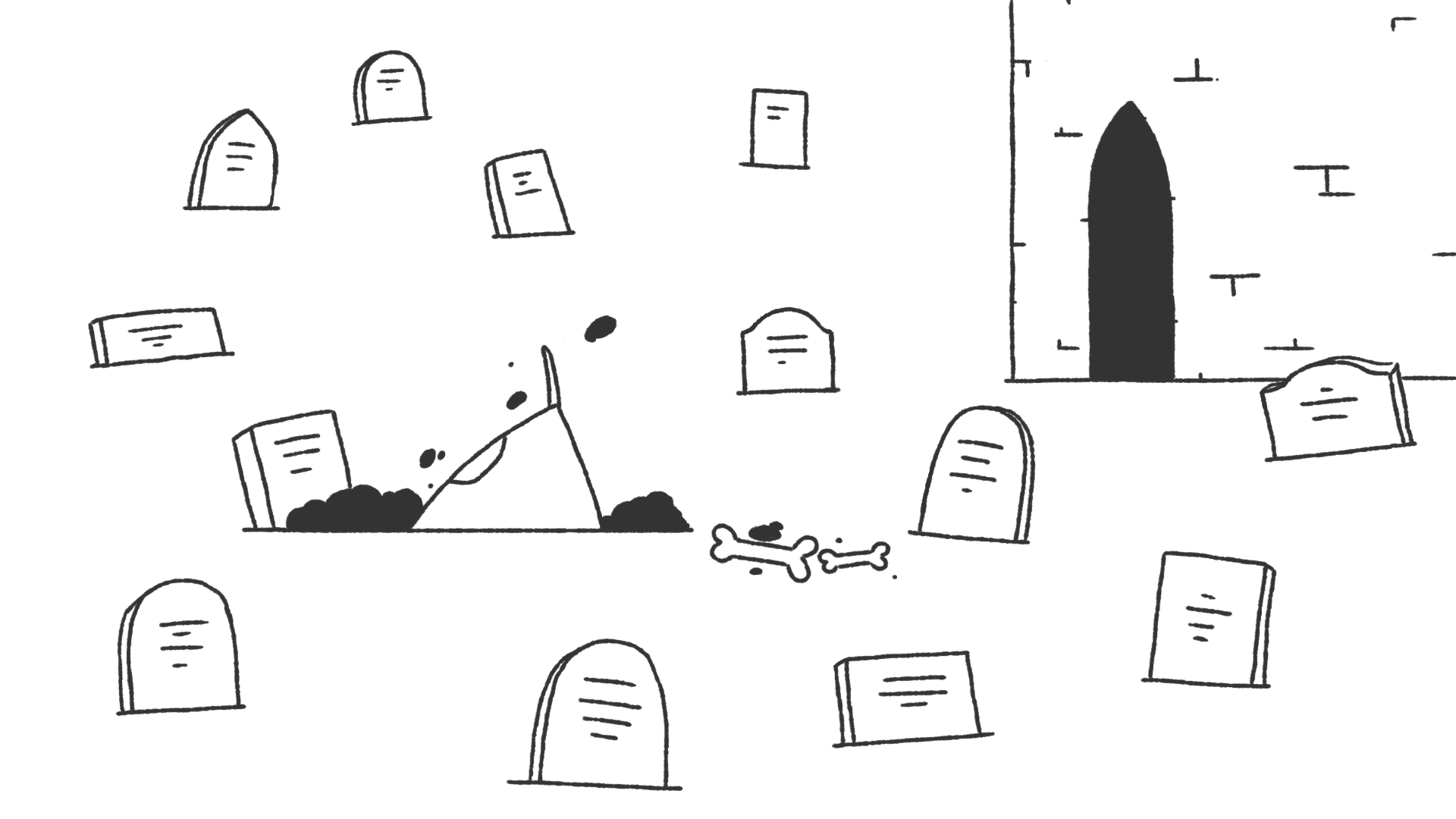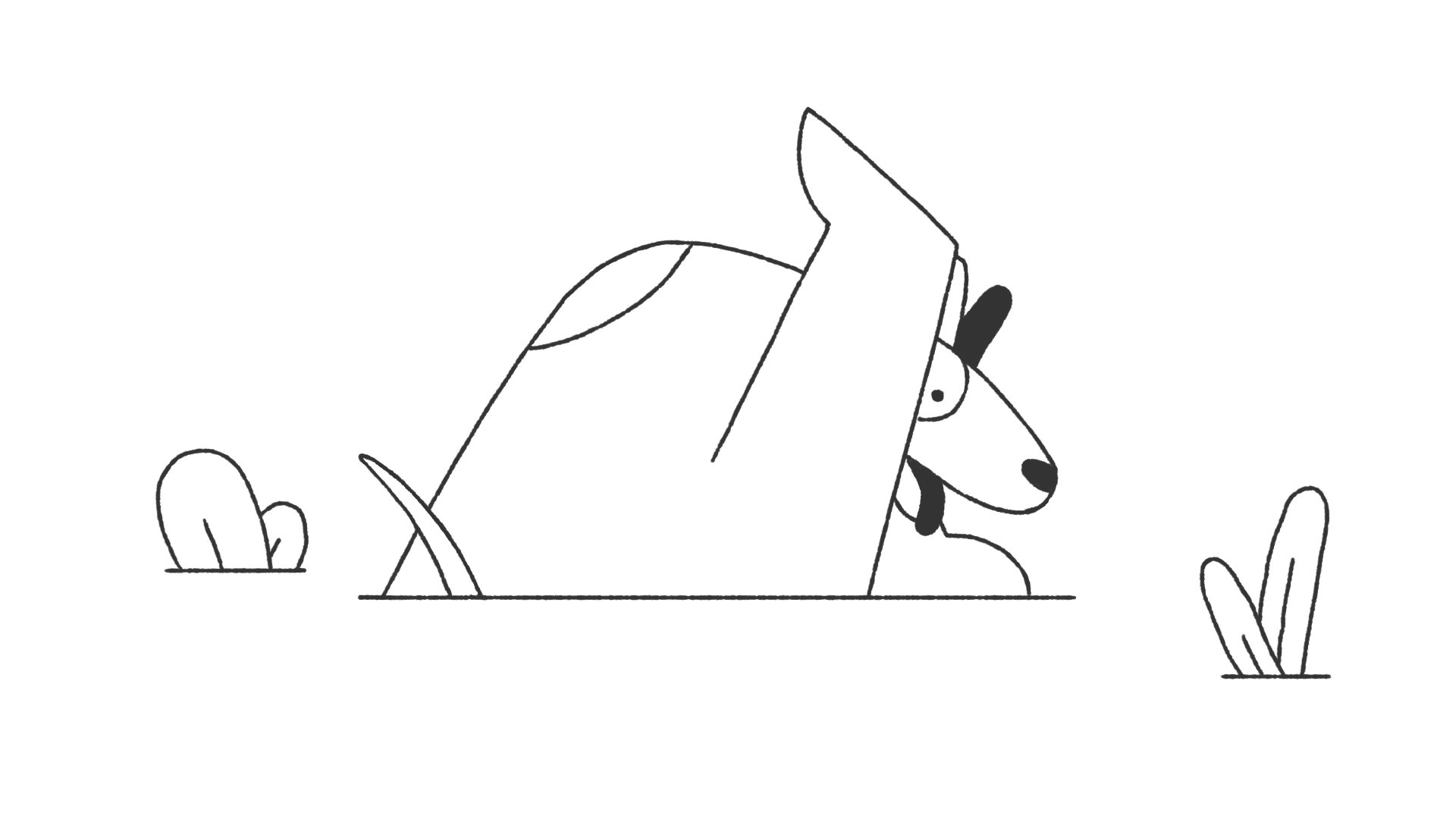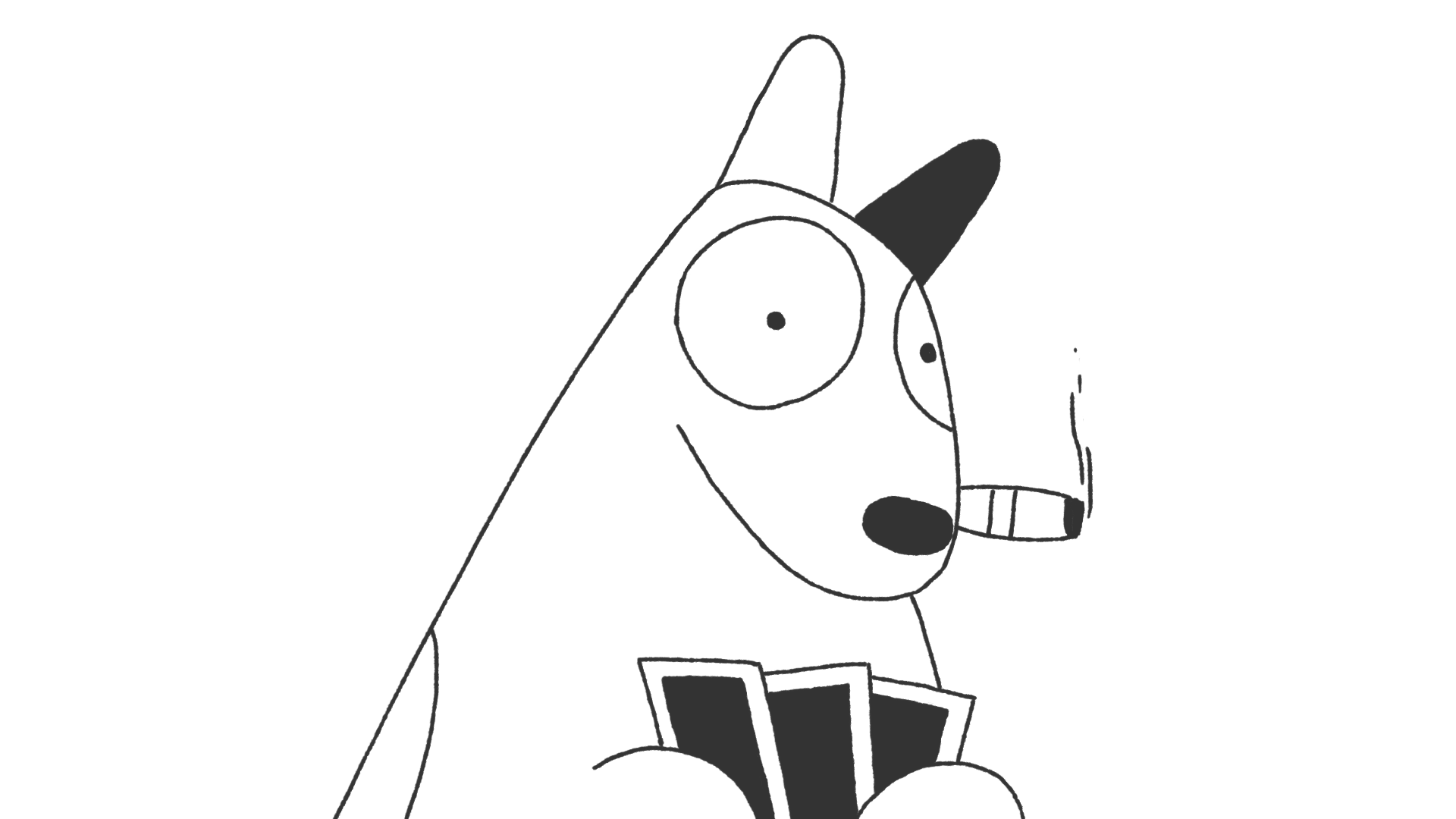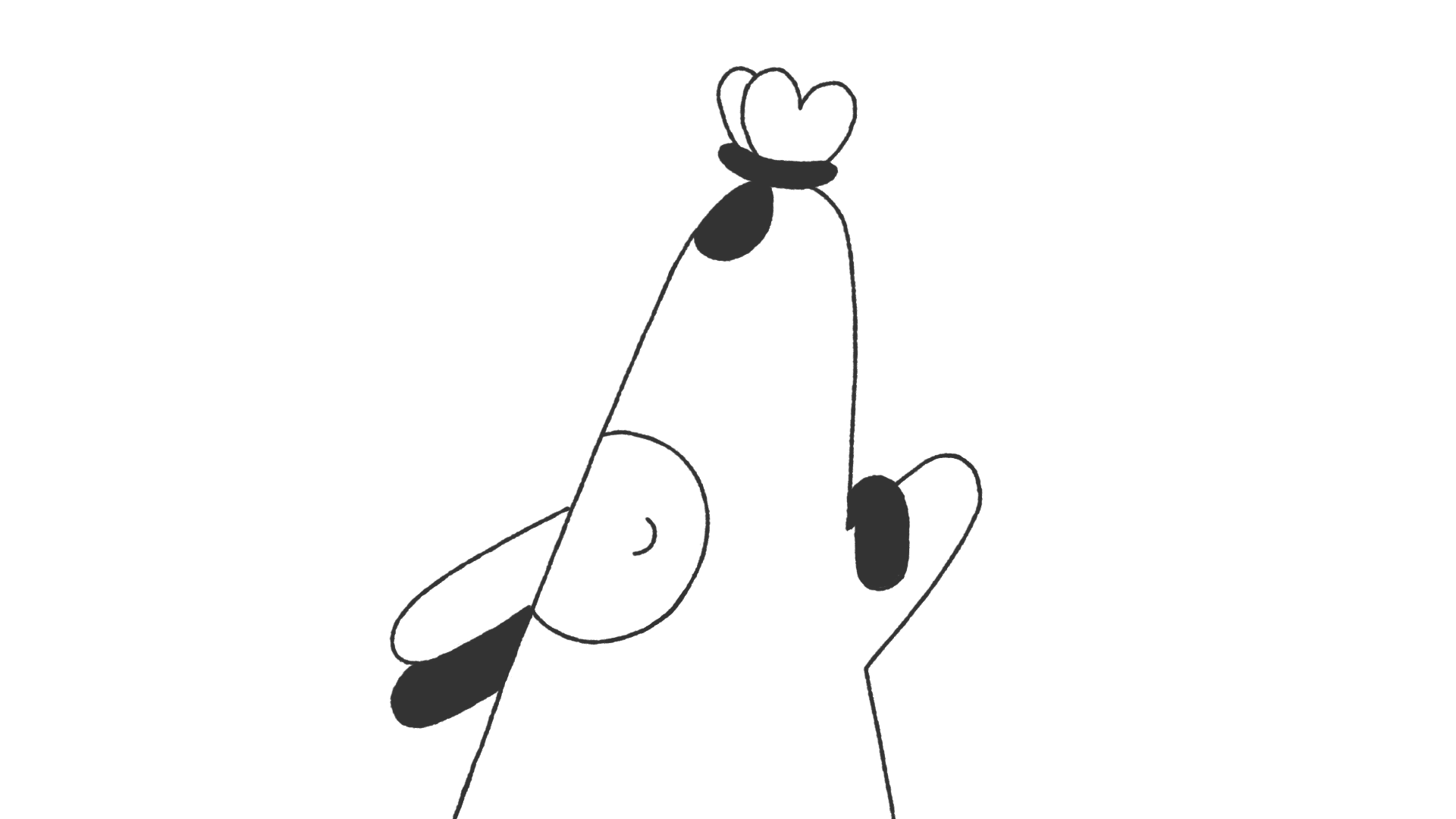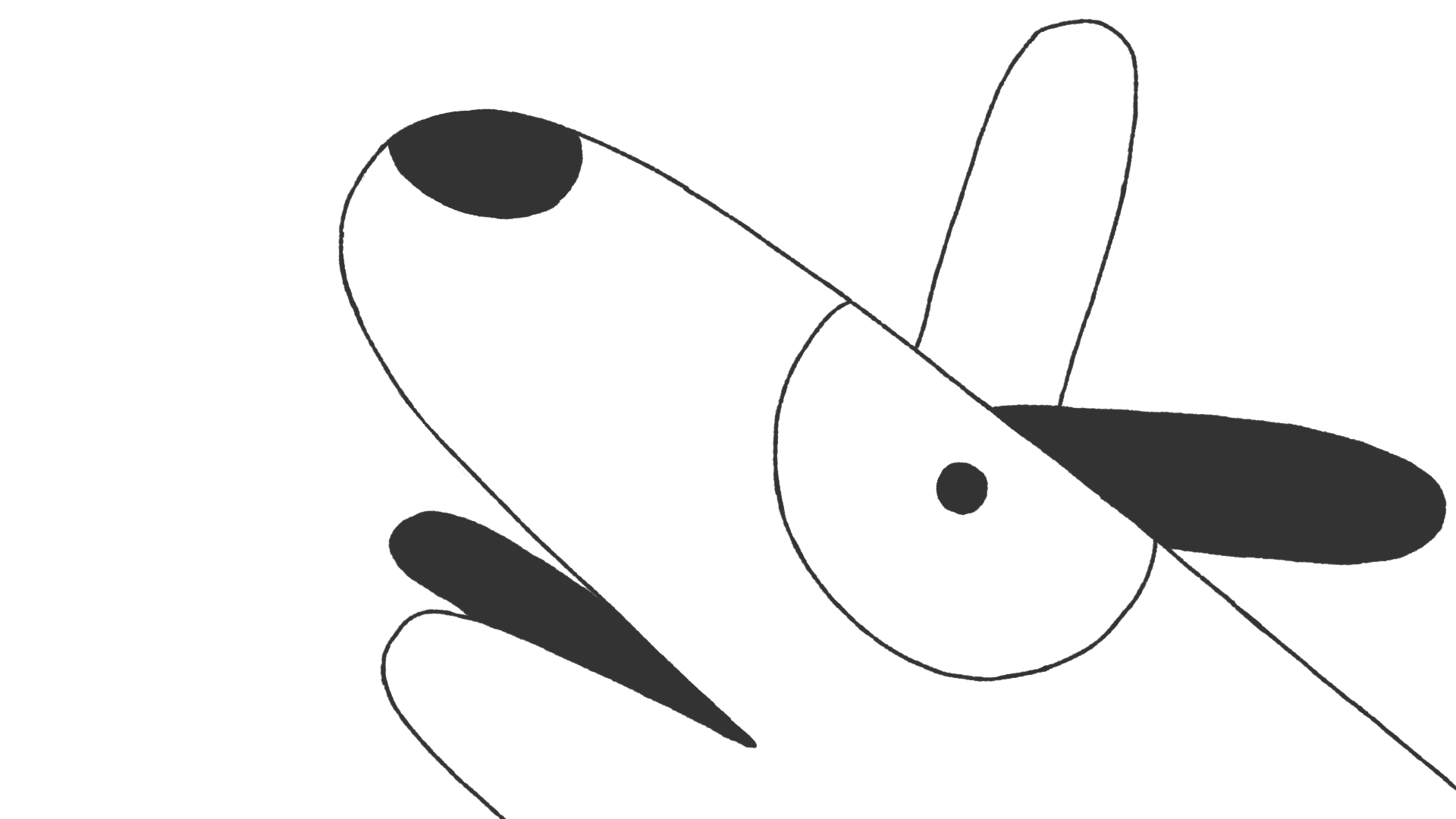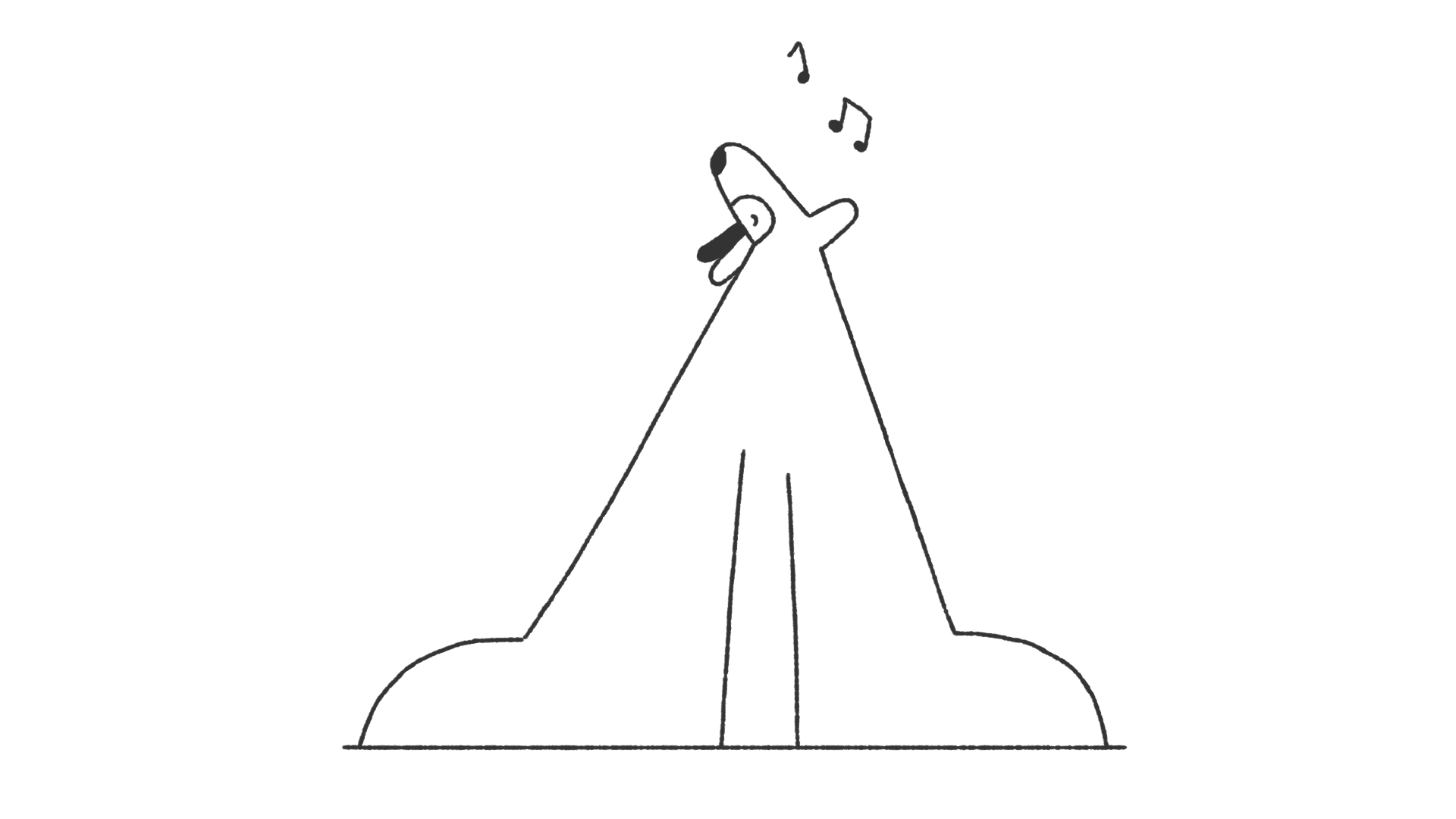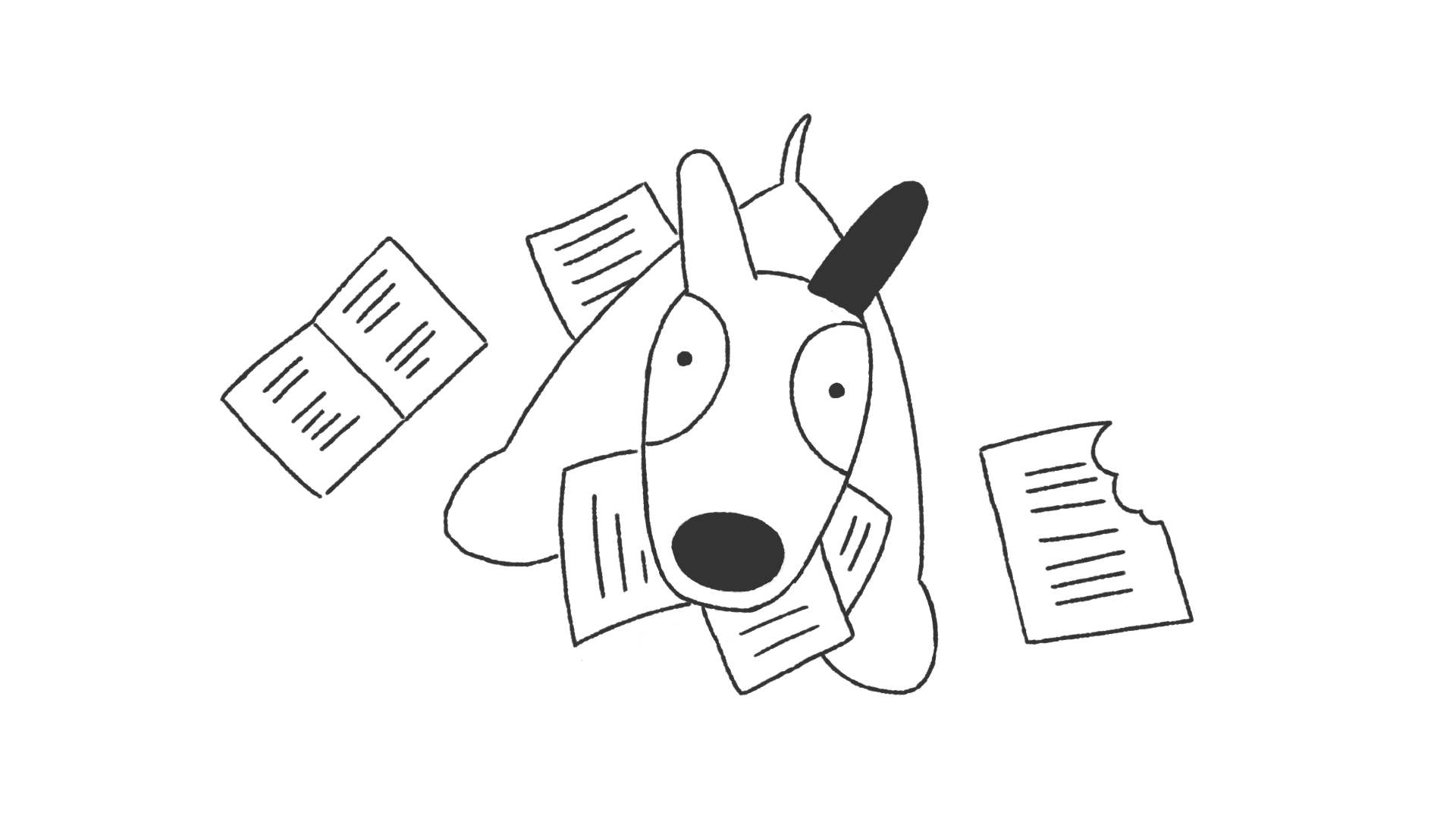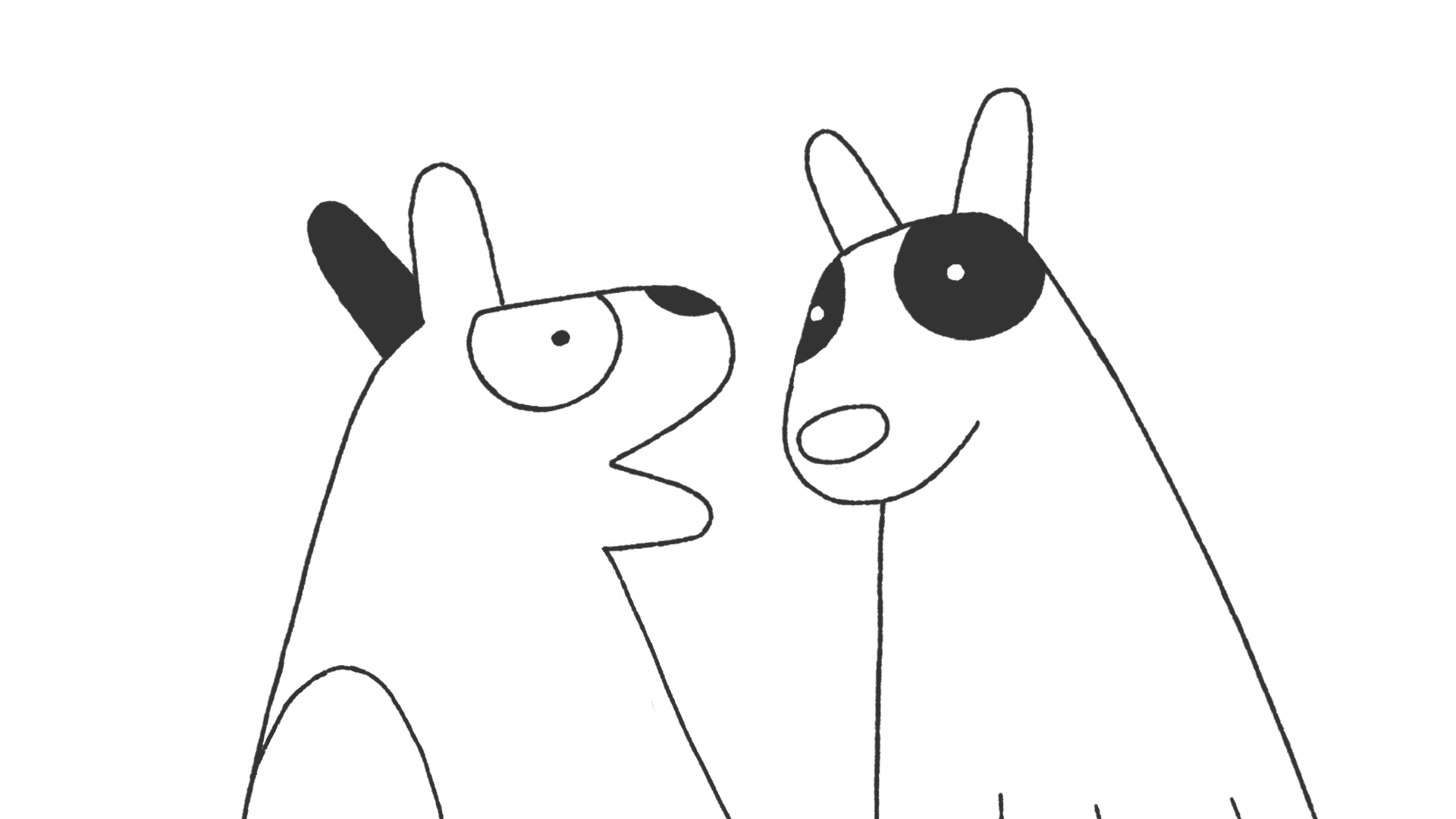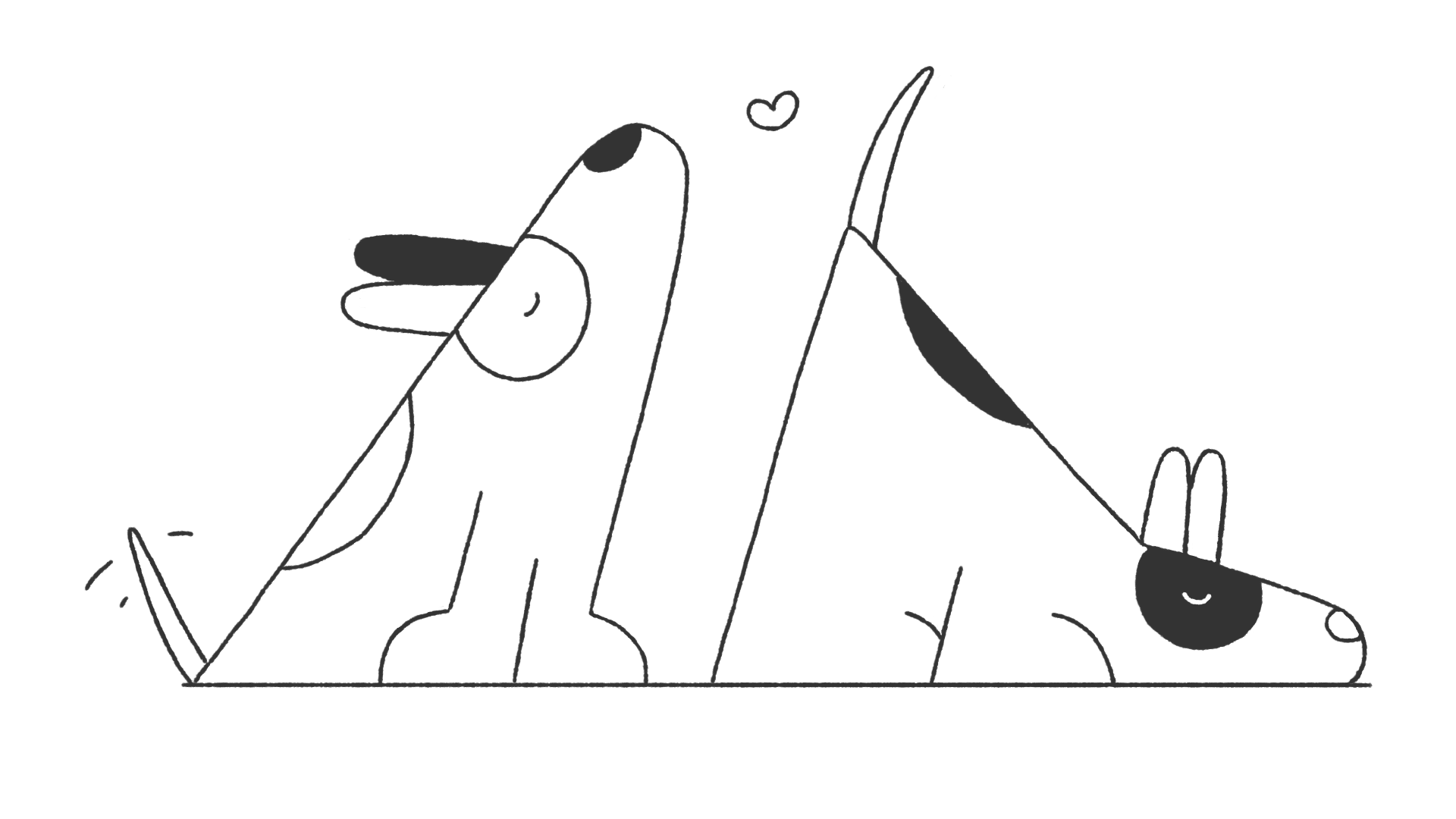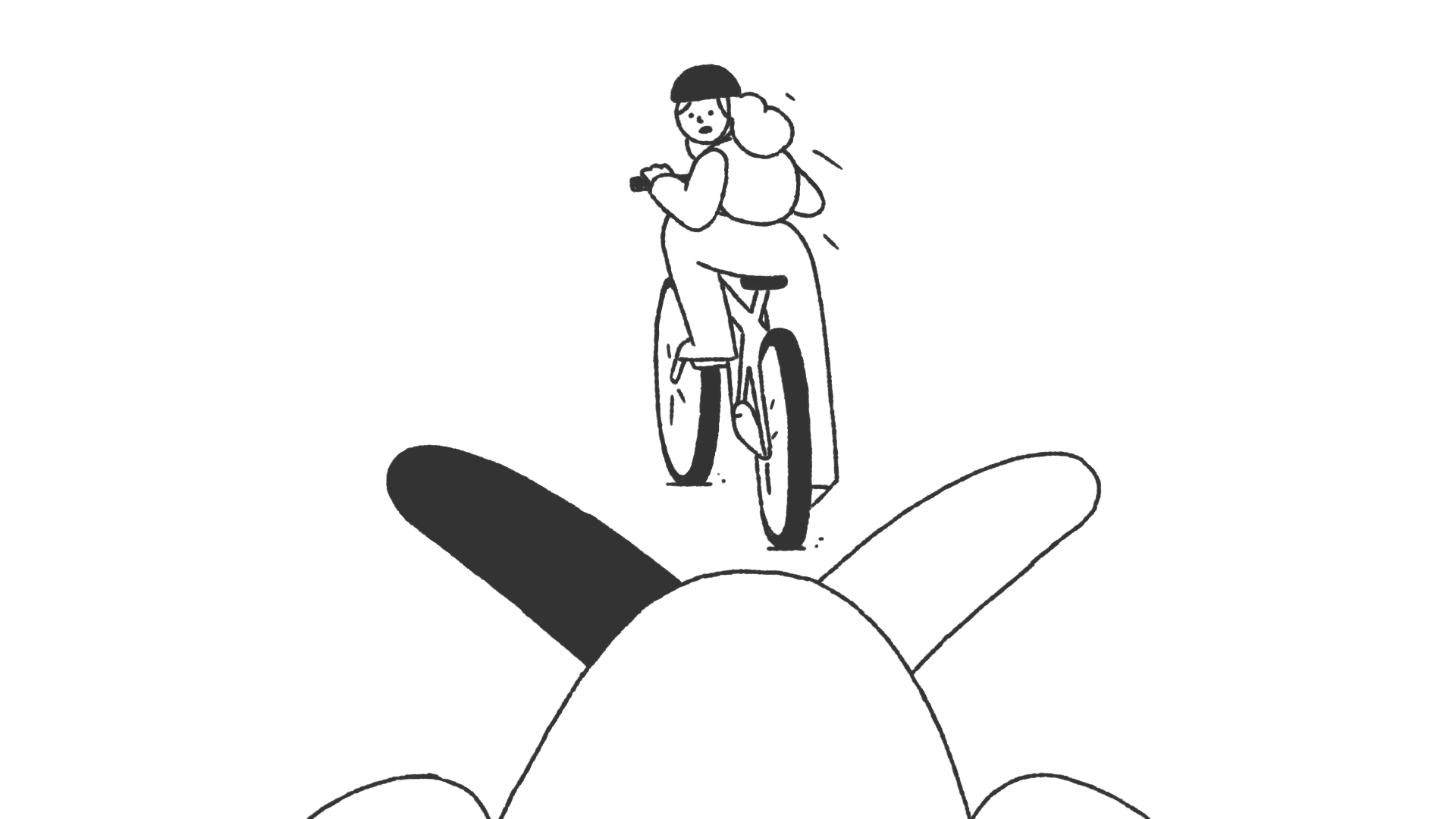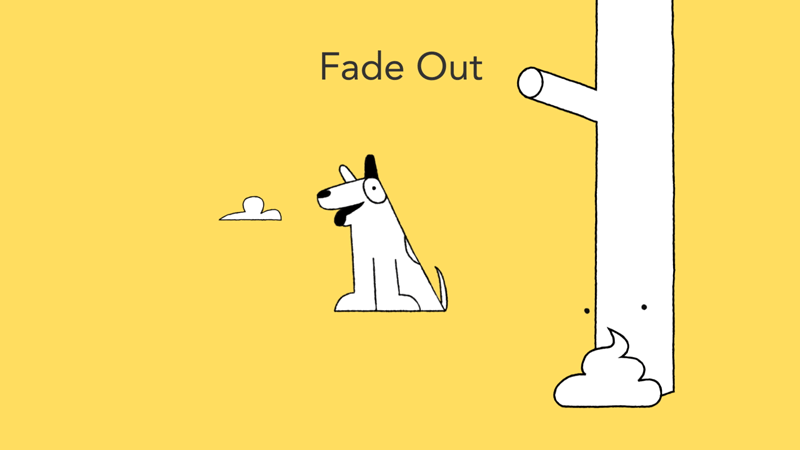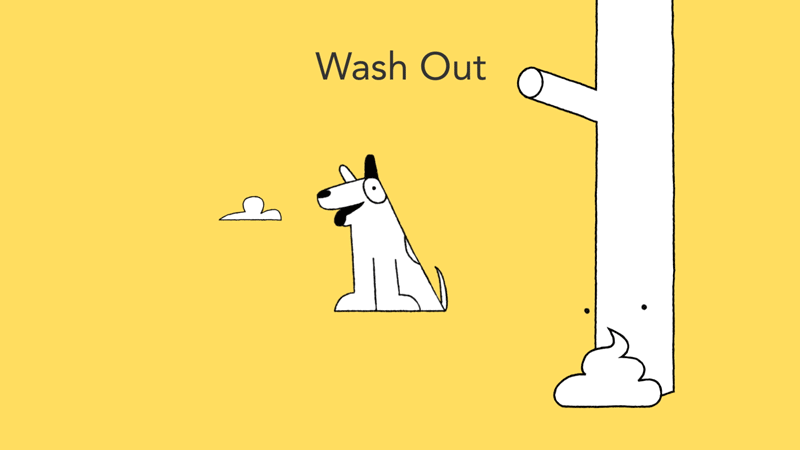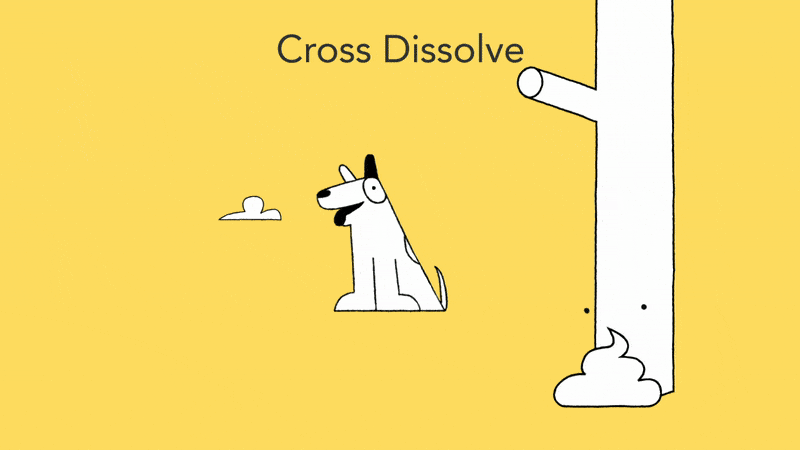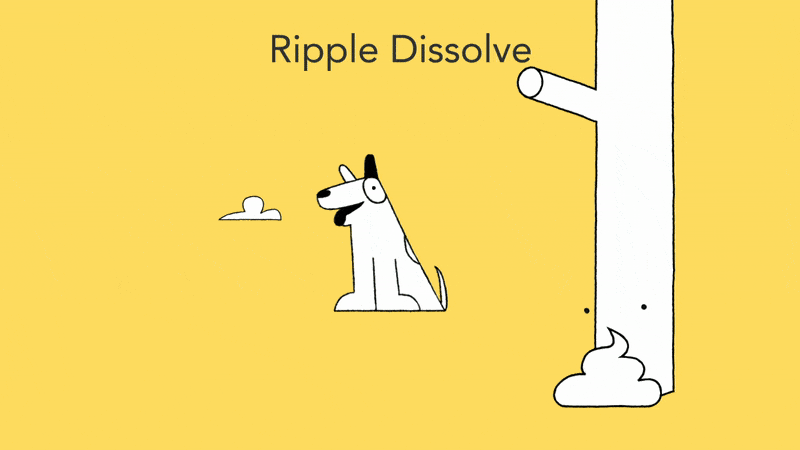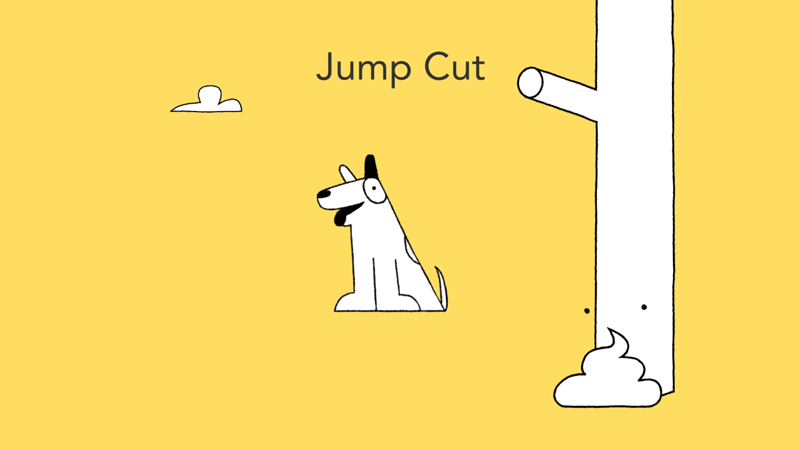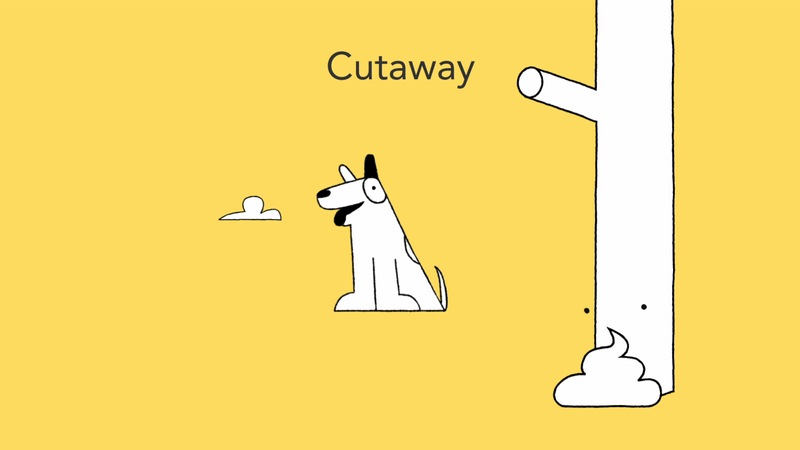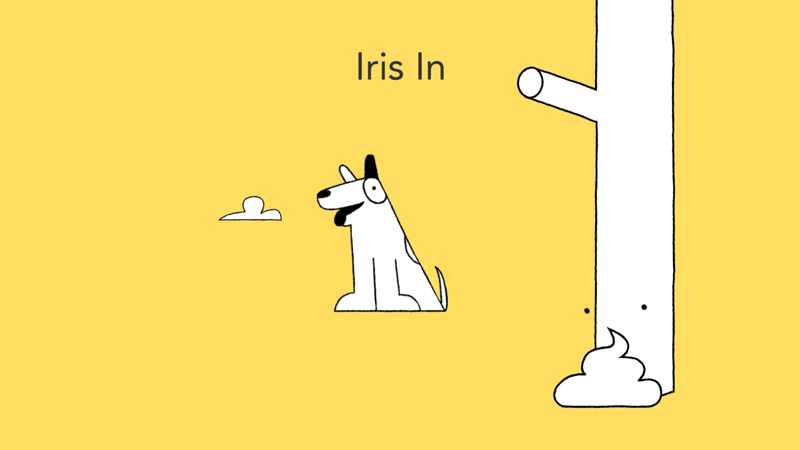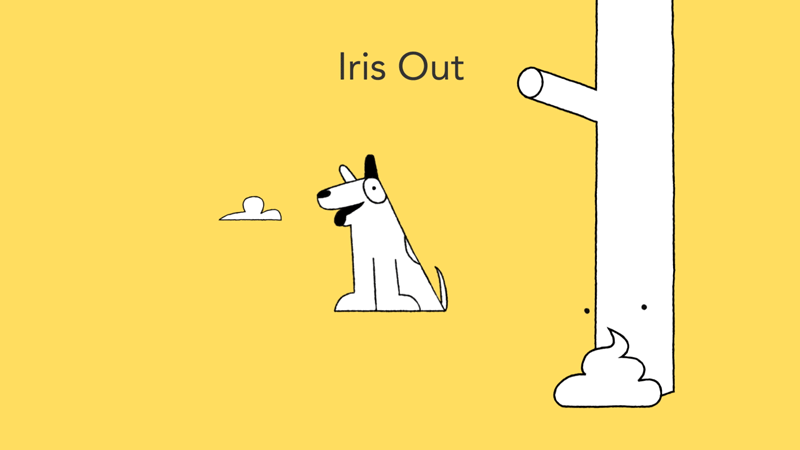Basic Camera Moves
By incorporating a variety of different camera moves into your shots, you can add a deeper sense of visual interest. Combine this with a strategic approach to messaging and you'll be off to the races. As with deciding how to frame your shots, take care when selecting the most appropriate camera move. The effect that each move has can vary significantly in how it makes the viewer feel.
Here are some well-loved camera moves to consider:

Zoom
Probably the most well-known camera move, zooming gives the impression of moving closer or further away from the subject. It can be used effectively to magnify a certain focus point in the frame, but other moves such as a dolly, are a more natural way to show movement. While a quick zoom can help add a sense of drama and energy when used correctly, avoid over-using zoom as your default move.

Pan
Panning is when the camera is moved horizontally from one side to another on a central axis. This is a rotating movement in which the camera’s position remains in place, but the direction that it faces changes. It can be used to follow a moving character or to fit more into a frame, for example, panning across a landscape to create a sense of place.

Tilt
Tilting is similar to panning in that the camera is kept in a stationary position, but unlike panning (which looks from side to side) tilting focuses on upwards & downwards movements. Using a tilting motion helps to fit more into a single frame. A slow upwards tilt can be very effective in making a subject appear bigger or more significant while a downwards tilt has the opposite effect.

Dolly
A dolly shot is when the entire camera is mounted on a track and is moved towards or away from a subject. Unlike a zoom shot, the world around the subject moves with the camera. A dolly gives the illusion that the viewer is walking towards the subject and can be a great way of creating a sense of intimacy between them.

Truck
Similar to dollying, trucking involves moving the entire camera along a fixed point, but the motion goes from side to side, rather than in and out. It’s often used to follow characters in action. Mounting the camera on a fluid motion track will help to stamp out any jerking camera movements.

Pedestal
A pedestal (AKA Boom up/down or Jib up/down) involves moving the camera upwards or downwards in relation to a subject. It’s different from tilting in that the entire camera ascends or descends, rather than just the angle of the camera. A pedestal shot can be used to frame a tall or high subject (such as a building) while keeping the framing at eye level view for the viewer.
